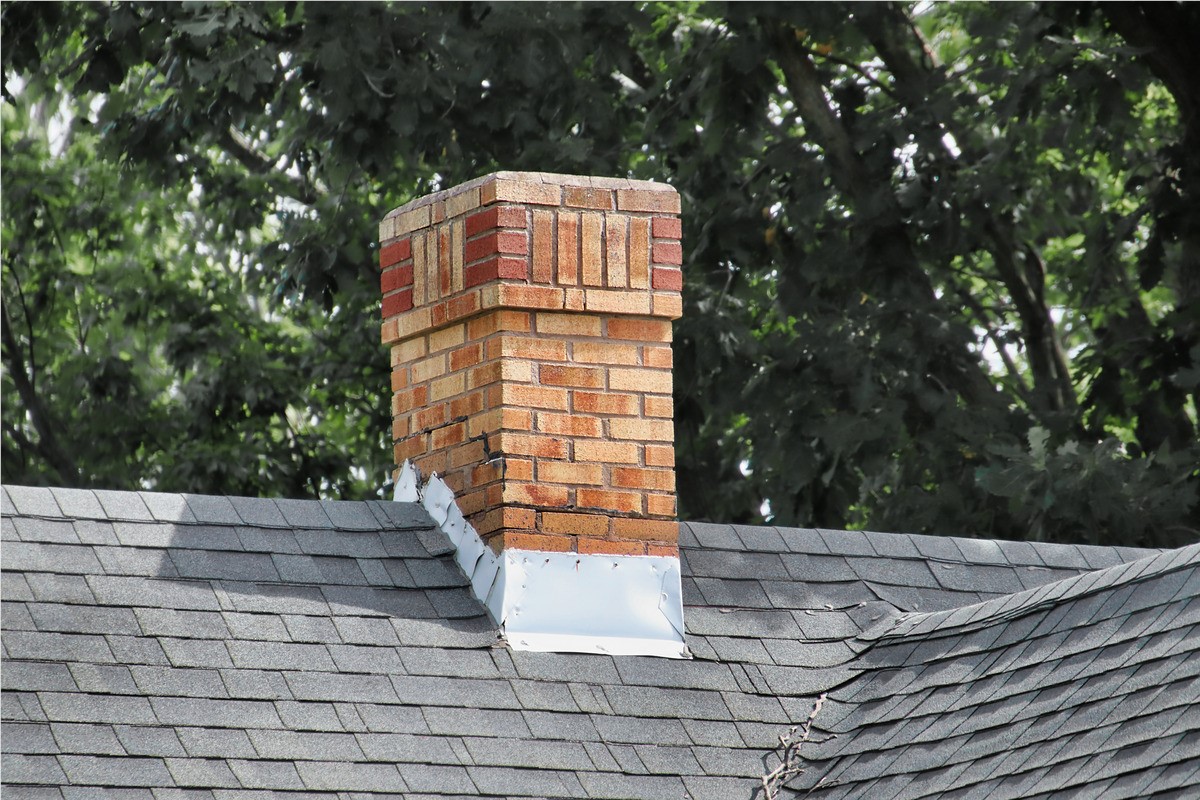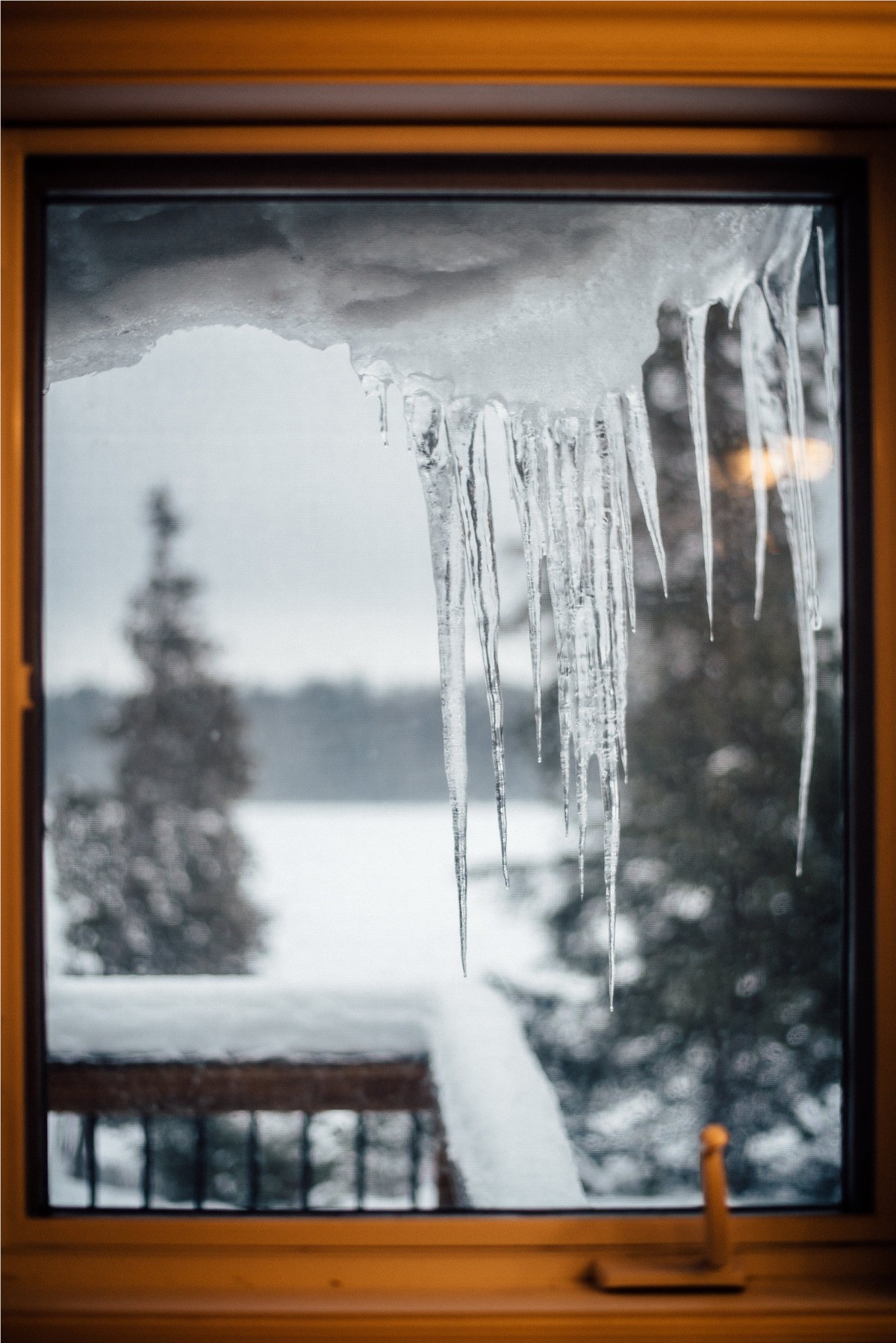Do I Need New Siding?
Replacement siding is one of those things many of us rarely ever have to deal with until we find ourselves in our forever home. So, maybe you just bought your first home, and it’s a fixer-upper, or perhaps you’ve lived in the same house your whole life, but you’re still not sure how to tell if your siding needs to be replaced. Here at Shanco, we have years of experience with exterior home repairs, and we’re here to share with you the most common signs that it is time for a siding replacement.
From things as simple as an updated look to more severe problems which threaten the structural integrity of your home and the health of those inside, a new siding replacement from Shanco may be just the thing you need to fall in love with your home all over again.
How Often Does Siding Need to Be Replaced?
There is no guaranteed answer to how often you should replace your siding as there are a number of factors at play that are well out of your control. Assuming you maintain your siding and your home hasn’t been exposed to any catastrophic weather events, then you can expect your siding to last around 30-40 years. This number is going to change depending on the level of maintenance of the homeowner and the material that the siding is made from. Metal siding will last longer than wooden siding, but vinyl siding, when properly cared for, can outlast them all.
5 Signs It’s Time for a Siding Replacement
Knowing when it’s time to install new siding can be challenging, especially if you don’t know what to look for. That’s where we come in! At Shanco, we have been dealing with home exterior repairs for over two decades and, in that time, have garnered a wealth of knowledge that we want to share with you. Below, we will take a look at the top 5 signs that it’s time for a siding replacement so you can make a better decision regarding the siding on your home.
Aesthetics
Does your siding look outdated? Even if it’s structurally sound, old siding can make your home look drab and less welcoming. The main thing we see with unappealing old siding is fading. Fading is a natural process as a result of sun exposure that starts to occur years after the initial installation. Faded siding is most common with vinyl siding, but it can happen with metal and wood sidings as well.
If your faded siding is bringing down the overall look of your home, then it might be time for replacement siding. There are some other things you can try though before investing in a complete replacement. Repainting your siding allows you to freshen up the look of your home and change the color. If you like the existing color of your home, you can try one of many vinyl restoration products on the market. Once applied, these products will return your siding back to its original rich color. The downfall to these two methods is that they are temporary and you will have to reapply both much sooner than if you were to go with a siding replacement.
Rotted/Warped Siding
Rotted and warped siding is common in natural wood siding that is either old or has not been very well maintained. If your wood siding is rotted or warped then you most definitely need to invest in some replacement siding. You can tell if your siding is rotted by simply touching the spots that look affected. If these spots are soft or spongy then you need to either replace that section or invest in a complete siding replacement.
Rotted or warped siding allows the outside element to penetrate your home and can cause water damage. If left untreated water damage will cause structural damage and even promotes the growth of mold which is dangerous to breathe.
Cracked, Broken, or Loose Siding
Oftentimes, siding can become loose, cracked, or even broken. If this occurs in a single plank or area, a full residing may not be necessary. However, if you notice cracked, broken, or loose pieces of siding on multiple places of your home—or a single, large area—you should consider a complete siding replacement.
Bubbles or Holes
If holes or bubbles are visible on your siding, then you definitely need a siding replacement. These areas give pests a place to enter your home, which can lead to extensive structural damage rendering your home unsafe for habitation. If there aren’t many holes in your siding, you might be able to get away with simply plugging the holes, but if there are more than one, we recommend investing in new siding.
Fungus, Mold, and Mildew
Fungus, mold, and mildew growth commonly occur on siding that has not been cleaned recently. If caught in the early stages, it generally doesn’t cause any issues, but when left untreated, it can infiltrate your home, both damaging the structure and reducing the overall air quality of your house.
Siding Replacement Company
If you find that you need a new siding repair or replacement, Shanco is here for you! We have been in the siding business for over twenty years, and we can get your home looking great in no time. Contact us today for more information and to schedule a free inspection of your home’s siding.
Tags
Subscribe to Shanco's Blog





Comments